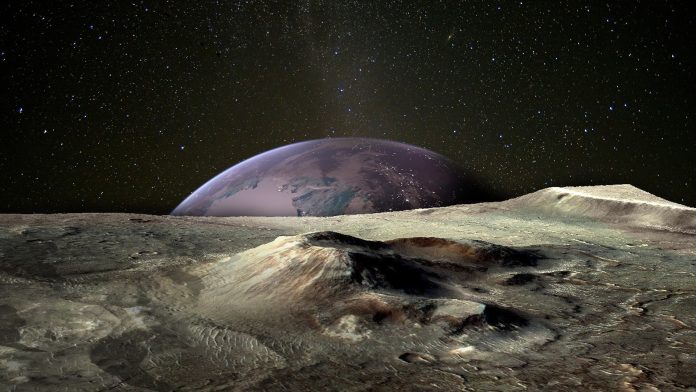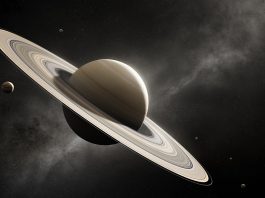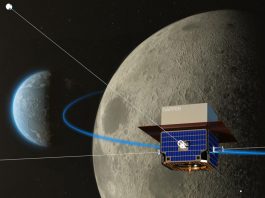Researchers at King Abdullah University of Science and Technology (KAUST) have developed a novel Artificial Intelligence and machine learning method to accelerate the pursuit of finding encouraging Moon sites sites with valuable energy and mineral resources.
An innovative Moon-scanning technique that can automatically categorise critical lunar elements from telescope images may lead to substantially enhanced proficiency of in choosing sites with energy and mineral resources and for exploration.
The process of choosing landing and exploration sites on the Moon is actually incredibly complicated. The observable area of the lunar surface is bigger than Russia and is marked by thousands of craters and interwoven by canyon-like rilles.
Finding valuable minerals and energy sources on the Moon
The option of future landing and exploration sites could come down to the most encouraging potential locations for building, as well as the available minerals and energy resources. However, searching such vast areas with the naked eye, seeking, for example, for characteristics a few hundred metres across, is arduous and regularly erroneous, thus making it challenging to select ideal regions for exploration.
Siyuan Chen, Xin Gao and Shuyu Sun, alongside associates from The Chinese University of Hong Kong, have now utilised machine learning and Artificial Intelligence to automate the detection and classification of possible lunar landing and mineral mineral–rich exploration areas.
“We are looking for lunar features like craters and rilles, which are thought to be hotspots for energy resources like uranium and helium-3 — a promising resource for nuclear fusion,” explained Chen. “Both have been detected in Moon craters and could be useful resources for replenishing spacecraft fuel.”
Optimised searching with Artificial Intelligence
Machine learning offers an incredibly efficient method for training an Artificial Intelligence model to search for particular characteristics on its own. However, Chen and his collaborators faced a number of challenges when developing their method; the first of these difficulties is that there was no labelled dataset for rilles that could be employed to teach their model.
“We overcame this challenge by constructing our own training dataset with annotations for both craters and rilles,” said Chen. “To do this, we used an approach called transfer learning to pretrain our rille model on a surface crack dataset with some fine fine–tuning using actual rille masks. Previous approaches require manual annotation for at least part of the input images —our approach does not require human intervention and so allowed us to construct a large, high-quality dataset.”
Another difficulty faced by the researchers was the ability to build a computational method that could be applied to detect both craters and rilles simultaneously, which had not been achieved before.
“This is a pixel-to-pixel problem for which we need to accurately mask the craters and rilles in a lunar image,” explained Chen. “We solved this problem by constructing a deep learning framework called high-resolution-moon-net, which has two independent networks that share the same network architecture to identify craters and rilles simultaneously.”
The researchers’ novel methodology accomplished astonishing precision rates, as high as 83.7%, which is much higher than current state-of-the-art techniques for crater detection.









